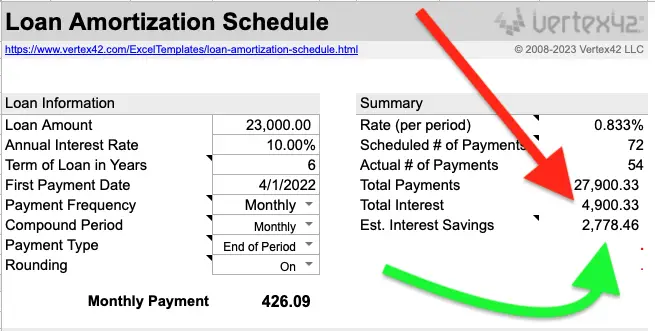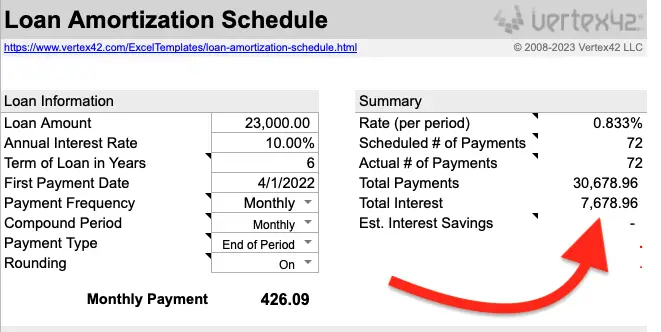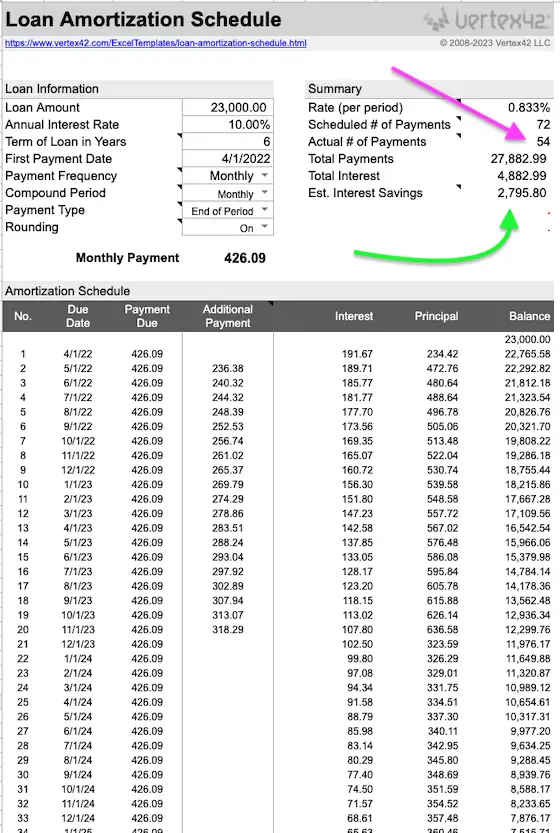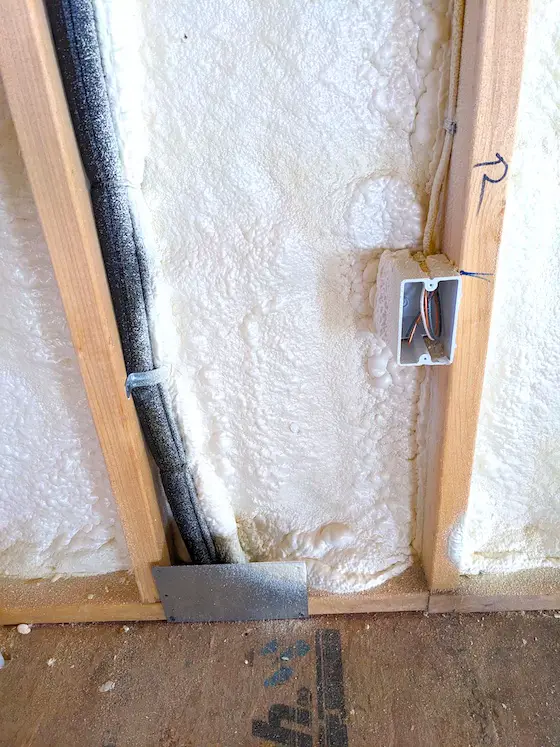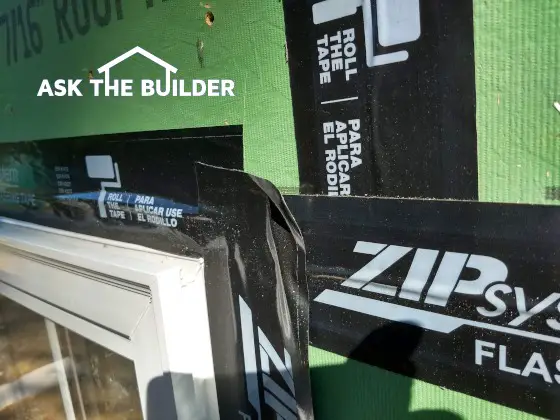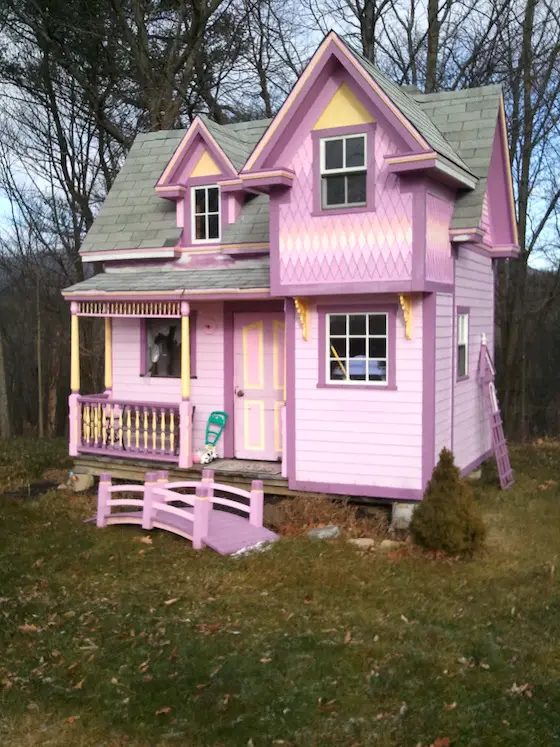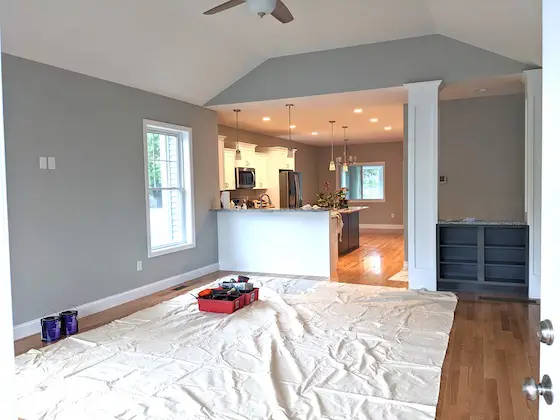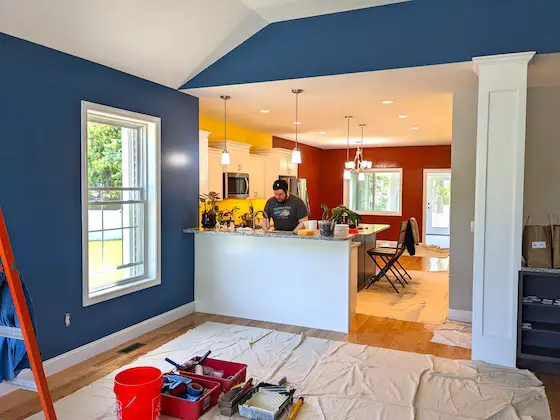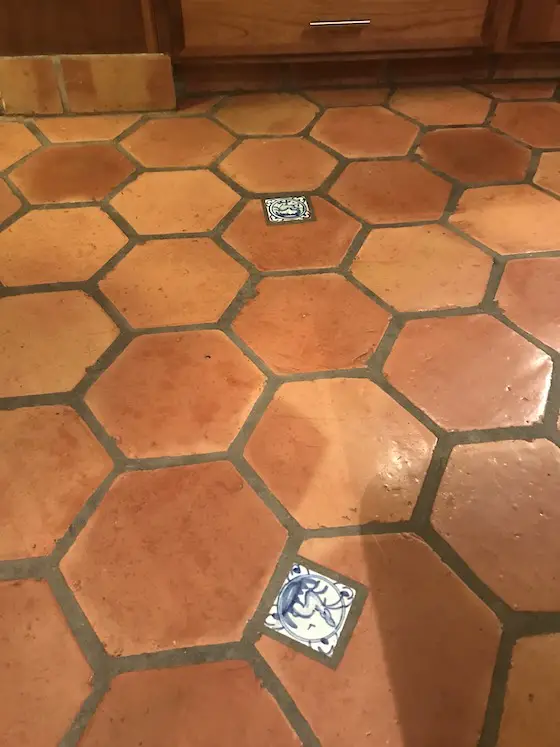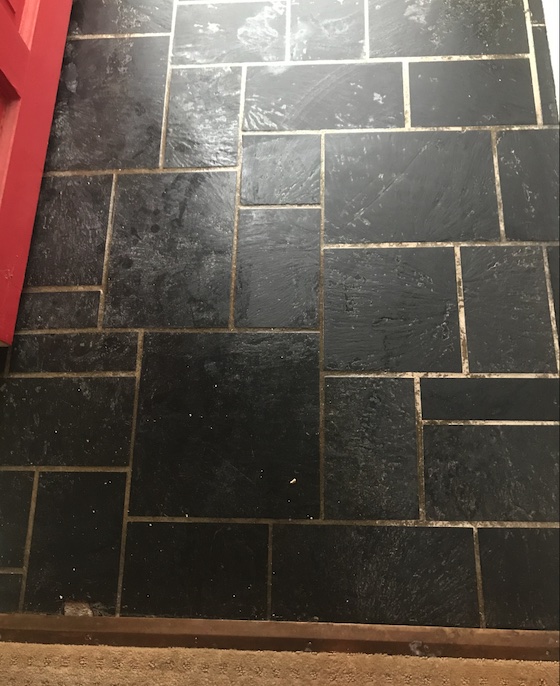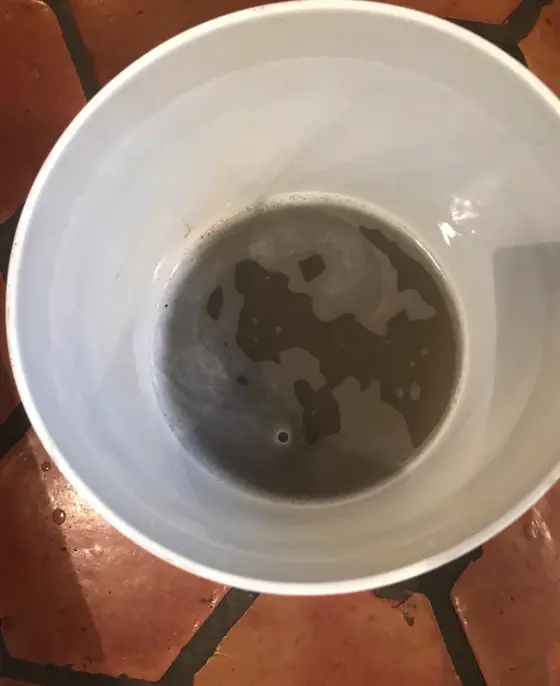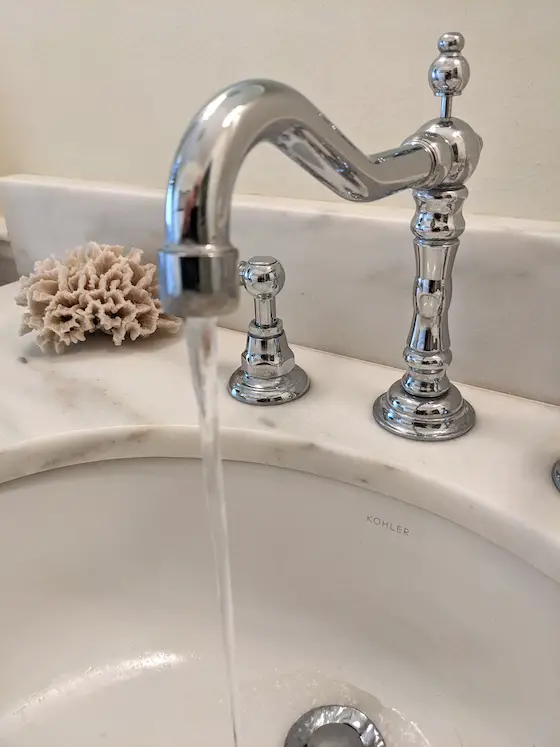
If this water runs all night, will it cost 1/20th of what it will cost to repair a burst water line? Copyright 2023 Tim Carter
Cold Weather Myths and Your Home - Easy Ways to Save $$$
When I woke up just before writing this column, it was a balmy -15F here at my house in central New Hampshire. A gale was blowing and the wind chill was -41F. You may be reading this column in sunny Florida or southern California where it never gets bitter cold but you may have family or friends up in the frozen north that may benefit from what I’m about to share. There are several cold-weather myths to dispel.
How Much Water Should Drip From a Faucet?
As you might suspect, when a cold blast of Arctic air washes over those of us that choose to live where the air hurts our faces, the requests for help at my Ask Tim page on my www.AsktheBuilder.com website go through the roof. Just minutes ago Autumn, who hales from Newport News, VA, asked me to debunk an old wive’s tale. She asked about how much water needs to drip from a faucet to prevent water pipes from freezing.
If you really paid attention in your high school chemistry and physics classes, you know that motion interferes with water wanting to go from the liquid to solid state. This is why a pond freezes but the stream feeding the pond still contains liquid water. That said, if the temperature drops low enough, there’s the possibility the stream might freeze.
If you could see inside the copper pipe that is feeding your kitchen or bathroom sink while you have the faucet dripping or even a tiny stream flowing from the faucet, you’d see virtually no motion in the water within the pipe. Visualize a huge crowd of people on one side of a single turnstile. While you perceive movement at the choke point, farther back in the crowd the people are pretty much standing still.
To prevent an expensive service call from a plumber, you need to have lots of water running through the water lines. As the temperature gets colder and colder, more water needs to be tumbling around in the pipe. While your local water works may not like this, if you use $10 worth of water and $3 worth of natural gas or electricity during a cold night, it’s so much cheaper than a $300-$500 repair bill.
There are numerous ways to prevent frozen water lines. First, you need to do whatever you can to keep the temperature of the pipe above 32F. I’m not a fan of heat tape because it can cause fires if installed incorrectly. I’m a huge fan of adding more insulation, relocating the pipes so they touch the actual warm wall or floor surface, and/or replacing the section of pipe with PEX tubing. Water that freezes in PEX tubing will cause the tubing to expand but it won’t burst the tubing.
How Can I Lower My Heating Bill?
One of the top questions I receive is, “How can I save money on my heating bills in bitterly cold weather?” The honest answer, and most don’t like it, is to turn down your thermostat. You want to use far less fuel. Installing a programmable thermostat is the best way to control how much natural gas, propane, or electricity you’ll use. Allow the temperature to drop to 50F while you sleep. Sleep under a puffy insulated blanket.
Forget about caulking air leaks, adding more insulation, etc. in periods of frigid weather. The caulk might freeze, you may not get a fast return on investment on added insulation. A column I shared with you just two weeks ago showed how it can take decades to recapture the cost of foam insulation.
The better thing, and you may recoil at this, is to just wear more clothes when you’re inside. My wise father-in-law grew up on a rural farm during the Depression. He recounted stories of going to bed as a child with frost coating the covers. He survived to tell the tale.
Think about this for a moment. How many nights have you been eating outdoors at a restaurant, perhaps at a football game and the air temperature was 60F? You might have had on a light jacket and been comfortable.
I routinely keep my thermostat low at my home saving lots of money. I wear long underwear, a knit hat, wool socks, and often a hoodie with the hood pulled up to keep my neck warm. Yes, I may look like a nut inside my home, but I’m as snug as a bug in a rug.
Do I Need Replacement Windows?
What about those drafty windows? Guess what? The air leakage around the windows may be so little as it wouldn’t even cause the smoke from a burning stick of incense to waver. Put away your credit card! Don’t sign a contract for new replacement windows!
I know you’re feeling air moving when you sit next to the glass but it’s not air leaking in from outside. The air in your room makes contact with the cold glass surface. The air cools and as you know cold air is heavier than warm air. The cold air starts to move toward the floor. This conveyor belt of air doesn’t stop until the glass surface warms up.
Pull the curtains closed or drop the window shade to corral the cold air next to the window. You’ll be amazed at how within minutes the draft seems to have disappeared.
Column 1494
